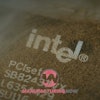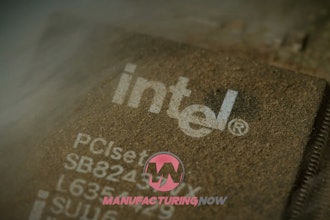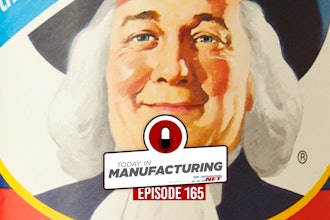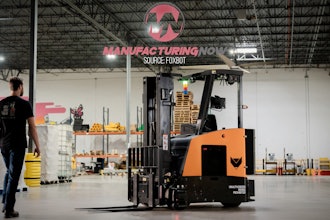On January 28, 2022, at about 6:30 in the morning, a bus and four passenger vehicles were crossing the 447-foot-long Fern Hollow Bridge in Pittsburgh when it experienced a structural failure and fell some 100 feet into the park below. Two vehicle passengers sustained serious injuries, and others, including the bus driver, escaped with minor wounds. A fifth passenger vehicle wasn't on the bridge at the time of the collapse but wound up driving off the bridge after the collapse began and landed upside down in the park. A pair of cameras on the bus caught the bridge collapse, and it was some harrowing footage.
According to a recent NTSB report, the bridge failed despite repeated maintenance and repair recommendations documented in several inspection reports. The NTSB says the City of Pittsburgh failed to act on the recommendations, which caused the bridge's structural failure.
Most Read on IEN:
- Fanatics Founder Says Company Unfairly Blamed for MLB Uniform Controversy
- Podcast: Forgotten Flashlight Damages F-35; MLB's Pants Problem; Boring Workers Scarred
- Boeing Reportedly in Talks to Buy Spirit AeroSystems
- EV Startup Gets Cash Infusion Following Bankruptcy Scare
Investigators determined that the collapse started when the transverse tie plate on the southwest bridge leg failed due to extensive corrosion and section loss — some of these critical components had visible holes for nearly a decade and extensive thinning.
The corrosion and section loss were created by clogged drains that caused water and road salts to run down bridge legs and accumulate along with debris at the bottom of the legs, which prevented the development of a protective rust layer or patina. The constant runoff prevented these areas from drying, and as a result, the legs suffered extensive corrosion and loss of material in critical areas.
As a stopgap, steel cables were added as a temporary measure in 2009 until the rigid cross bracing could be replaced, but that project was never completed. The city was also supposed to add a rust-inhibiting coating, but it was never applied.
According to the NTSB, the probable cause of the Fern Hollow Bridge collapse was the failure of the transverse tie plate on the southwest leg of the bridge due to corrosion and section loss resulting from the city's failure to act on repeated maintenance and repair recommendations from inspection reports. Investigators also identified the poor quality of inspections, the incomplete identification of the bridge's fracture-critical member, and the incorrect load rating calculations for the bridge as contributing factors.






















